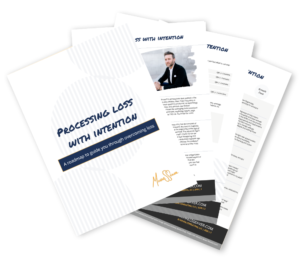In December 2009, Daniel Pink wrote Drive: The Surprising Truth About What Motivates Us, a book uncovering the human need to direct our own lives, to learn and create new things, and to do better by ourselves and the world. Pink labeled those three motivations autonomy, mastery, and purpose. In writing the book, Pink wanted to dispel myths that external rewards (i.e. money, recognition, awards) are the best way to motivate human beings, drive high performance, and find personal satisfaction.
If you haven’t read Drive, I encourage you to. You could also watch this animated 11-minute video created by the Royal Society for the encouragement of the Arts that provides a wonderful synopsis.
I’d like to peel back one more layer of the proverbial motivation onion.
I often use assessments from TTI Success Insights to support how I unlock human potential and build a thriving organization culture. One of the assessments TTI offers brings together a person’s preferred behavioral profile (commonly referred to as DISC) with the individual’s rankings on six unique human motivators. Here is a brief description of each motivator (in no particular order) –
- Theoretical – use cognitive ability to understand, discover, and systemize truth / knowledge
- Utilitarian – discover what is useful / practical so investments have greater returns
- Aesthetic – enjoy and experience beauty in the world and allow it to mold oneself
- Social – investment of effort, time, and resources helping others to achieve their potential
- Individualistic – achieve the highest position and wield great power / influence
- Traditional – seek a system for living and to be loyal to a cause
As a leader, knowing what motivates your team members is critical to aligning their work to the organization’s culture and mission. From Pink’s work, we know that our team members want autonomy (to not be micromanaged), mastery (to be creative), and purpose (continual improvement of self and the world around us).
Give them those things.
Using TTI’s motivators, we can go one level deeper to drive productivity, engagement, and capture discretionary effort by (1) specifically aligning the organization’s mission, vision, value proposition, and strategic objectives to the (2) individual’s ongoing performance evaluation and (3) their behavioral profile and top two motivators.
Here’s how it works.
I supported a rising star, we’ll call her Sarah, as she searched for a new role. Prior to our meeting, Sarah was working for an organization that put on events, meetings, parties, etc. where her responsibilities changed by the hour. What her boss didn’t know was that Sarah is motivated #1 Traditional (follow consistent rules to achieve a purpose) and #2 Theoretical (learn rationally and continually). Not only did the organization not have a mission statement, it didn’t have strategic objectives, and day-to-day responsibilities changed without notice. On the other hand, Sarah is motivated by living within a consistent and predictable system where she can learn new competencies.
Do you see the disconnect?
Sarah quickly became a disengaged employee because she couldn’t tie her work and her life’s mission to a higher purpose, her boss began to micromanage her, and she wasn’t mentored… she couldn’t learn continually. After asking Sarah a series of questions and having her complete the TTI assessment, we were able to pinpoint the right type of boss, organization culture, and industry for her to work in. Thankfully, Sarah accepted a new nonprofit role where her life’s mission is the same as the nonprofit’s, she works in and teaches a consistent system to her students, and she must learn continually to remain relevant to her colleagues and the student’s parents.
We’ve aligned her mission with organization’s mission, her performance with the organization’s strategic objectives, and her top motivators with her daily tasks. And, because she’s excelling, she has autonomy in her role and the ability to master it in a variety of ways.
At the end of the day, we all want a sense of control, a sense of progress, connectedness to others, and to be a part of something bigger than ourselves. We all want to feel like we’re winning. You can capture the hearts, minds, and infinite discretionary effort from your team if you understand their unique motivations, provide opportunities to engage them daily, and guide direct correlation between effort and organization culture.
Let your team members be true to themselves. Let them build community. Let them create change in the world.






Connect with me